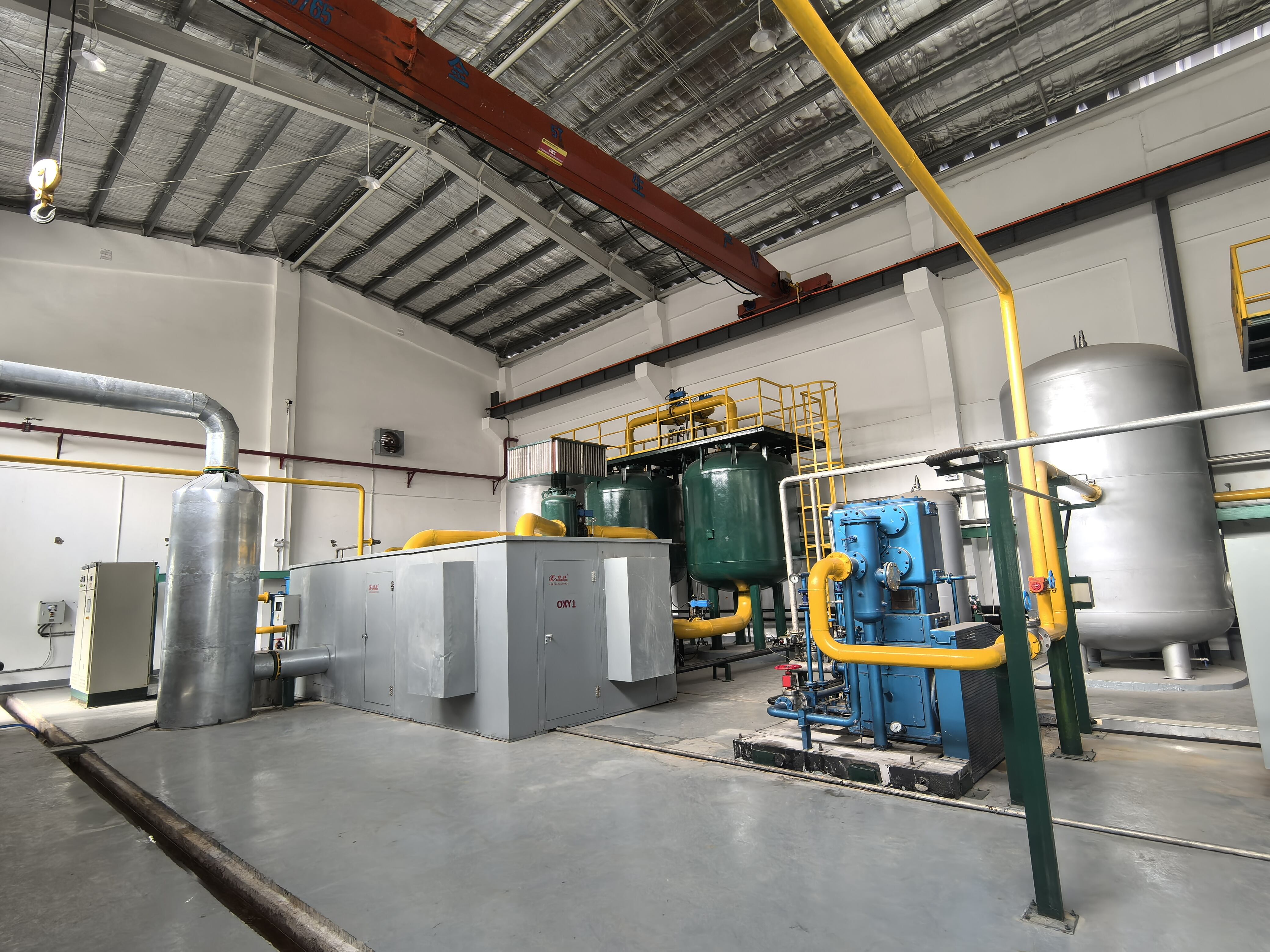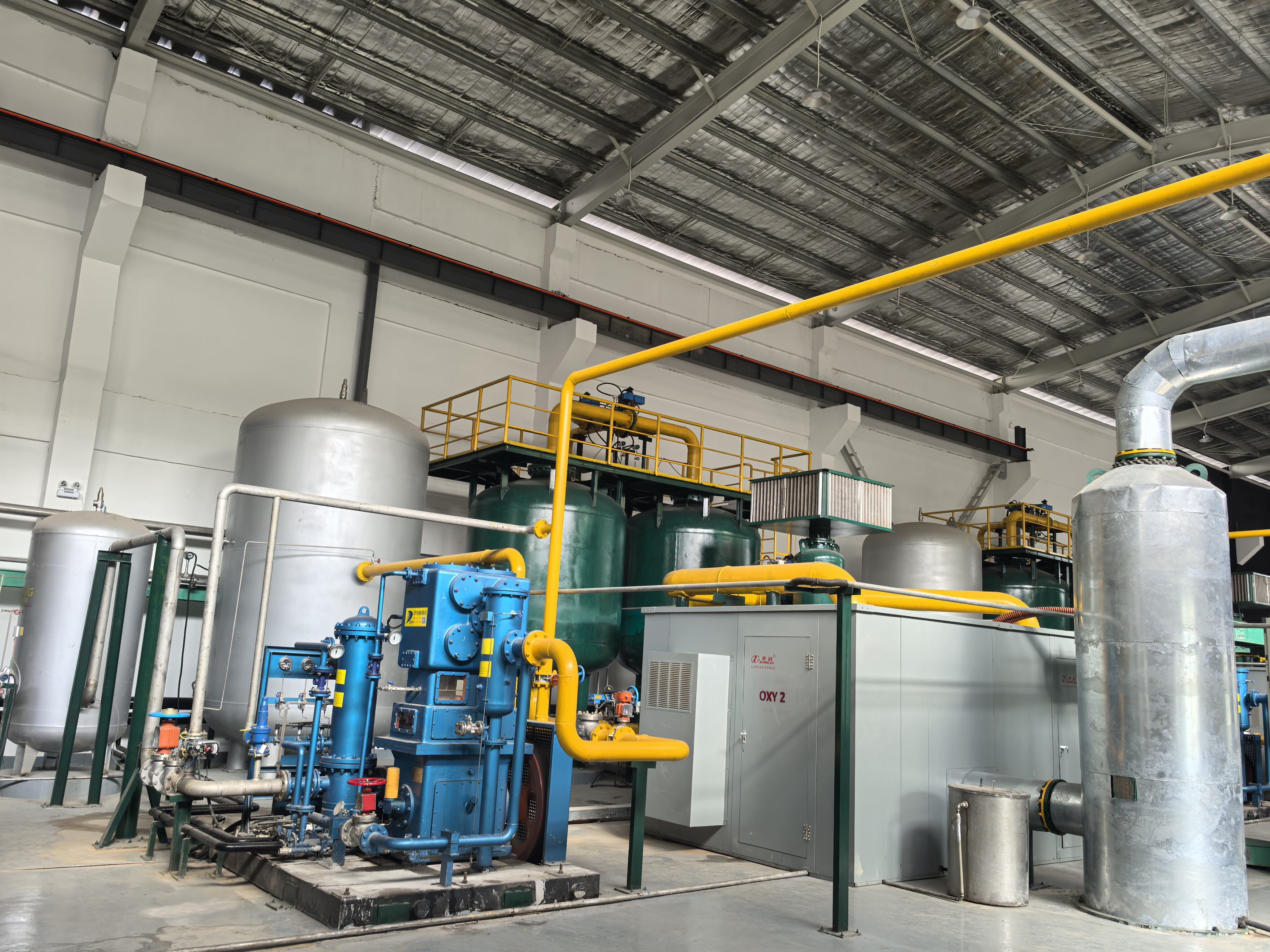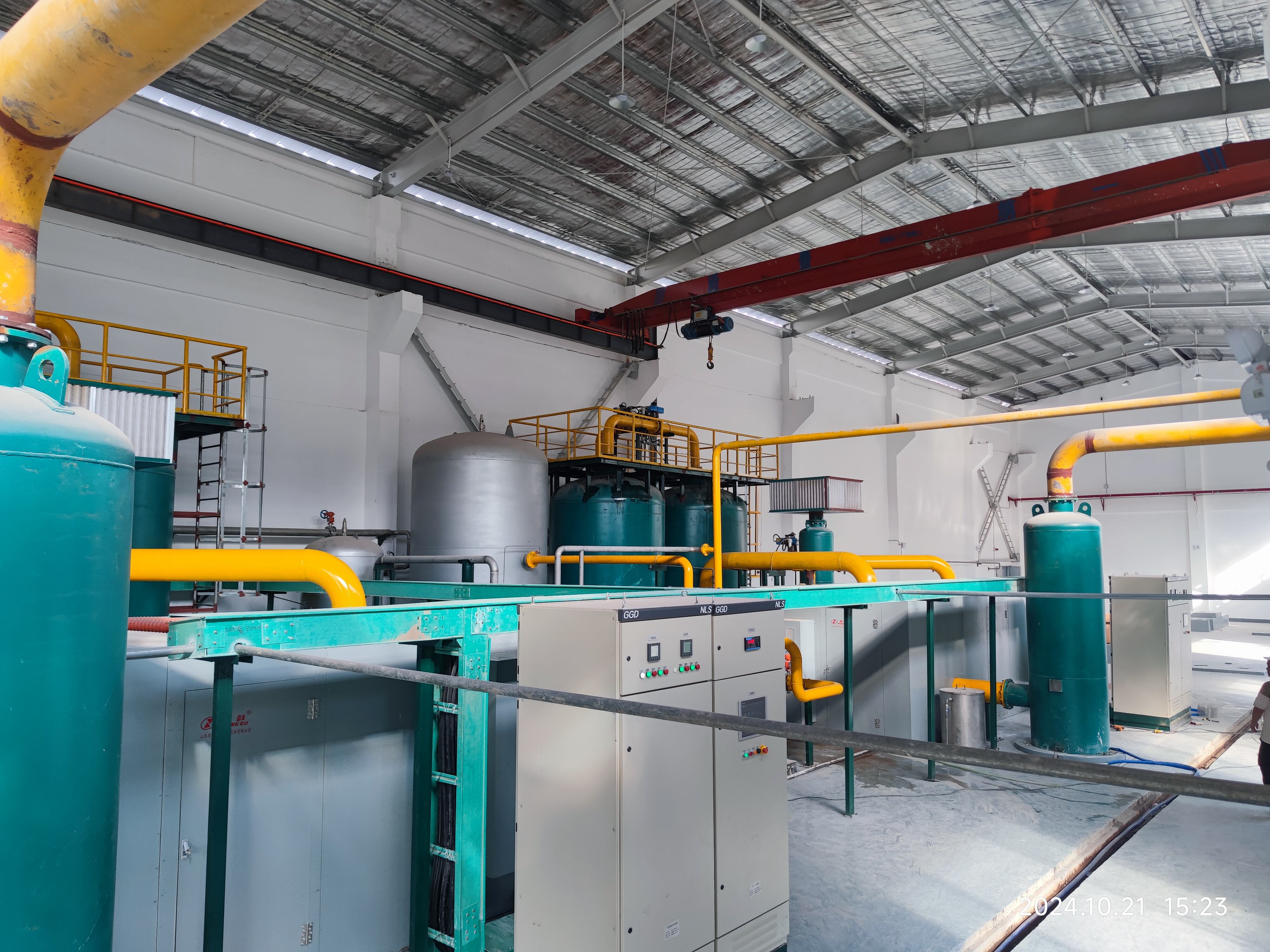ऑக்ஸிஜன் உற்பத்திக்கான வாகும் அழுத்தம் மாற்று முறை
வாகும் சுவாசன அட்ஸாபாராஷன் (VSA) என்பது டாரின் உற்பத்திக்காக தொடர்புடைய முன்னெடுப்பு தொழில்நுட்பமாகும், இது ஒரு முறையான அட்ஸாபராஷன் மற்றும் விடுவலி முறைகள் மூலம் பண்பாக செயல்படுகிறது. இந்த மறுசுழற்சி அமைப்பு விளையாட்டு அவளை மூலம் வானிலை அவளையிலிருந்து டாரினை தேர்ந்தெடுக்கும் தொழில்நுட்ப மையங்களை பயன்படுத்துகிறது, அதனால் ஓக்ஸிஜன் விடுவாகிறது. முக்கியமாக, வானிலை அவளை ஒரு வாகும் பம்ப் மூலம் அமைப்பினுள் தேர்ந்தெடுக்கப்படும்போது இது செயல்படும், அது செய்து கொள்ளும் ஜீராலை அட்ஸாபர் பட்டைகள் டாரின் அணுகுகளை தாக்கும், அதே நேரத்தில் ஓக்ஸிஜன் விடுவாகிறது. இந்த அமைப்பு பல தளங்களில் செயல்படுகிறது, ஒரு பட்டை தற்போதைய காற்றுகளை வெளியே தூண்டும்போது மற்ற பட்டைகள் மறுசுழற்சியில் இருக்கின்றன. விடுவலி தளத்தில், வாகும் அழுத்தத்தை குறைக்கும்போது டாரின் அணுகுகள் அட்ஸாபர் அமைப்பிலிருந்து வெளியே வெளியேறுகின்றன. இந்த தொடர்ச்சியான சுழற்சி உயர் தன்மையுள்ள ஓக்ஸிஜன் தோற்றத்தை நிரந்தரமாக வழங்குகிறது. VSA முறை மொத்தமாக 90-95% ஓக்ஸிஜன் அடர்த்தியை அடைகிறது, இது பல தொழில்நுட்ப பயன்பாடுகளுக்கு ஏற்ற தேர்வு. இந்த தொழில்நுட்பம் துவக்கம் செய்யப்பட்ட பின் குறைந்த திருத்துதலுடன் தானியங்கி செயல்படுகிறது, சூக்குமான கட்டுப்பாடு அமைப்புகள் அழுத்த முறைகள் மற்றும் காற்று திரவிகளின் தாக்குதலை நேர்வாக்குகின்றன. புதிய VSA அமைப்கள் பொறுமையான வளர்ச்சியுடன் வடிவமைக்கப்பட்டுள்ளன, முன்னெடுப்பு நிரீக்கும் திறன், முன்னெடுப்பு நிரீக்கும் நிரீக்கும் திறன் மற்றும் தானியங்கி தொழில்நுட்ப அமைப்புகளில் செயல்படும் சோரூபமான தொழில்நுட்ப அமைப்புகளை உறுதியாக்குகின்றன. இந்த முறை மருத்துவ அமைப்களில், அரிசி உற்பத்தியில், கண்ணாடி உற்பத்தியில் மற்றும் மற்ற தொழில்நுட்ப அமைப்களில் செயல்படும் உயர் தரமான ஓக்ஸிஜன் தோற்றத்தை தேவையாகக் கொண்டுள்ள பல தொழில்நுட்ப அமைப்களில் மிகவும் பிரபலமாக வாழ்க்கையில் வருகின்றது.


